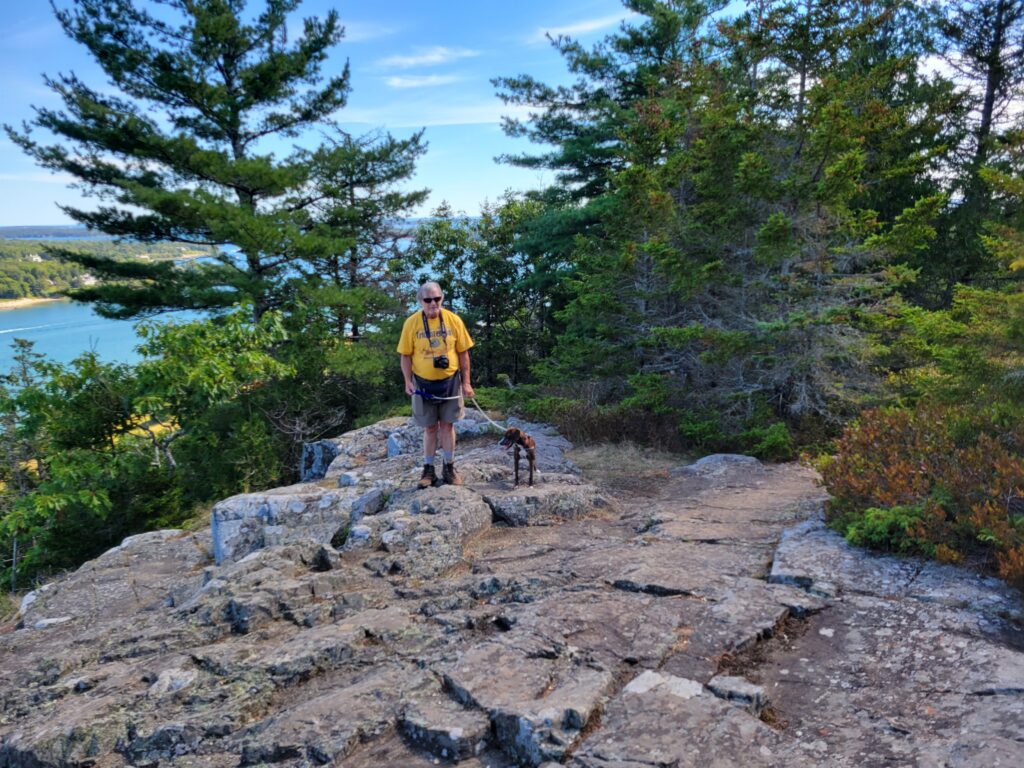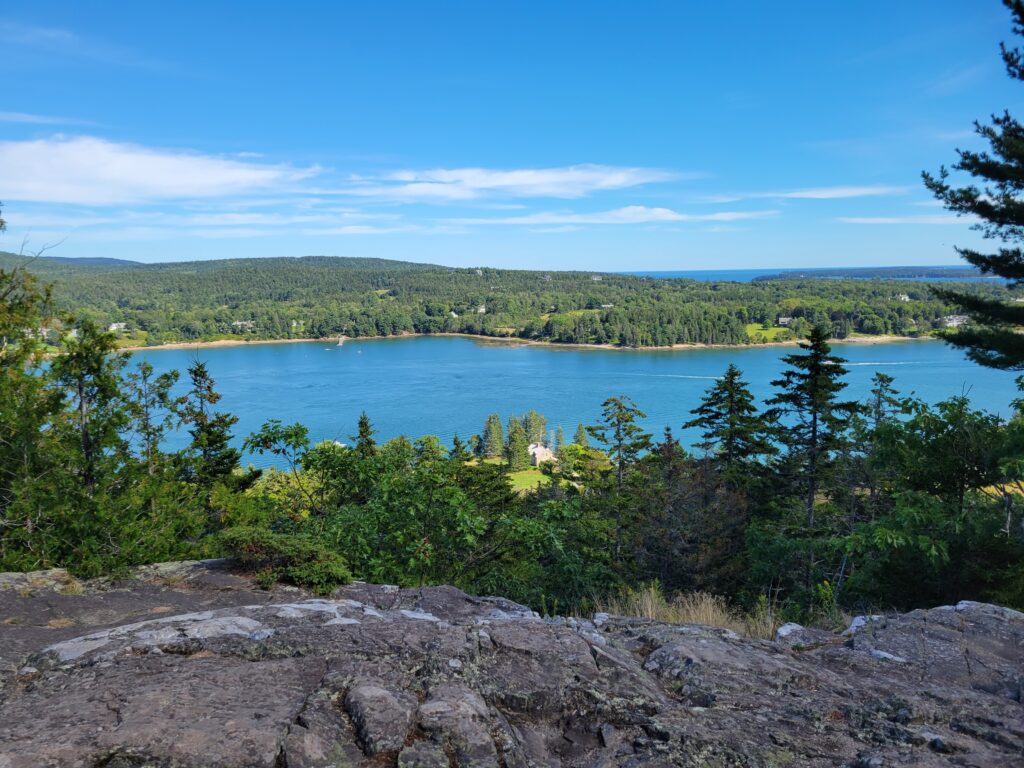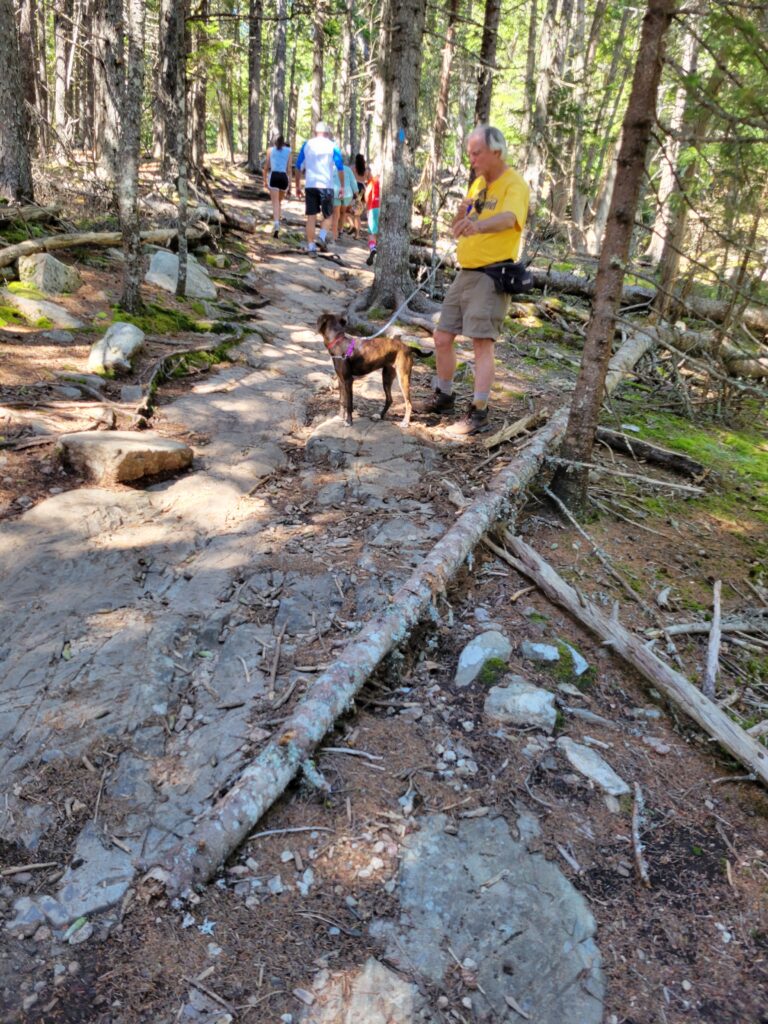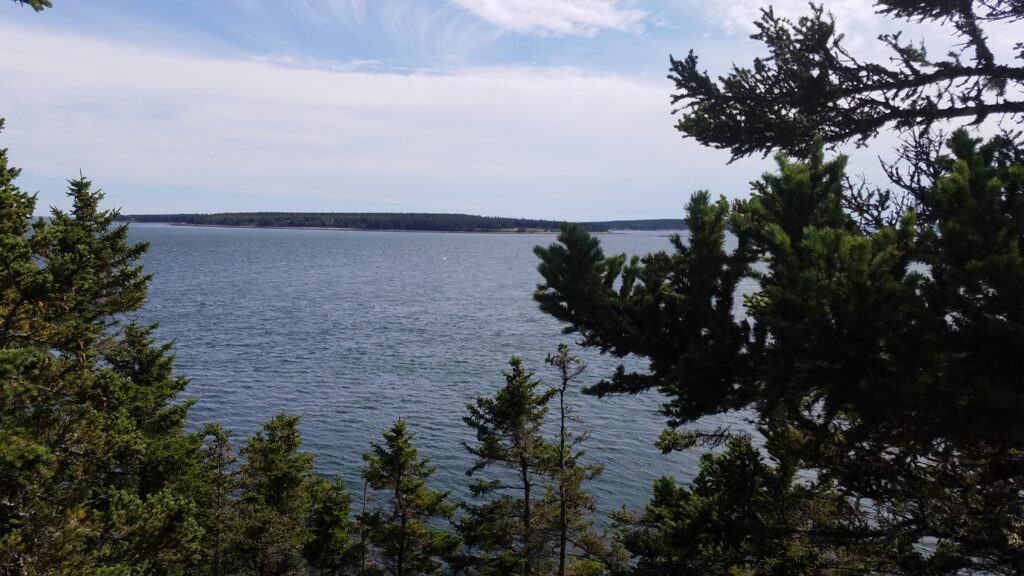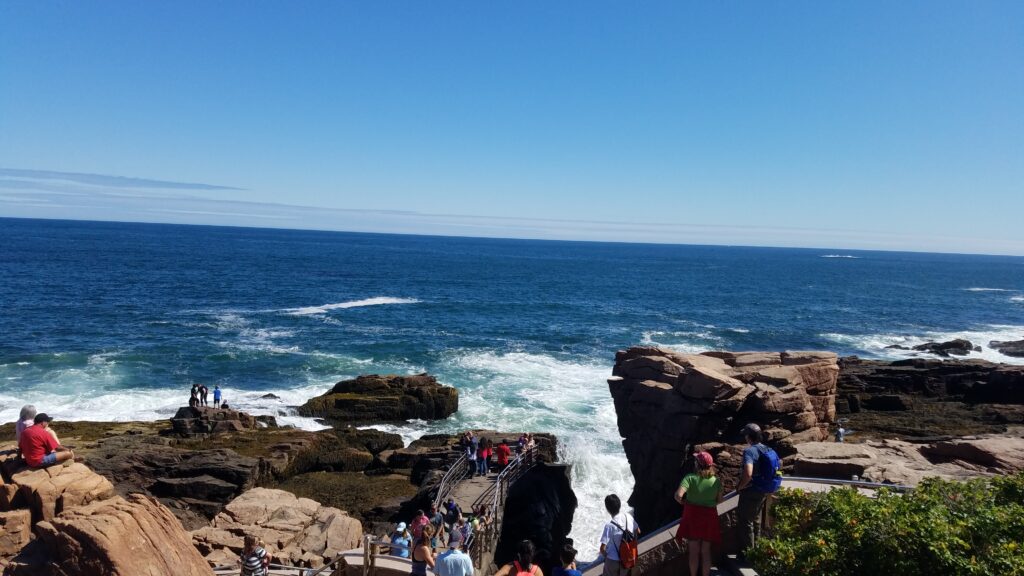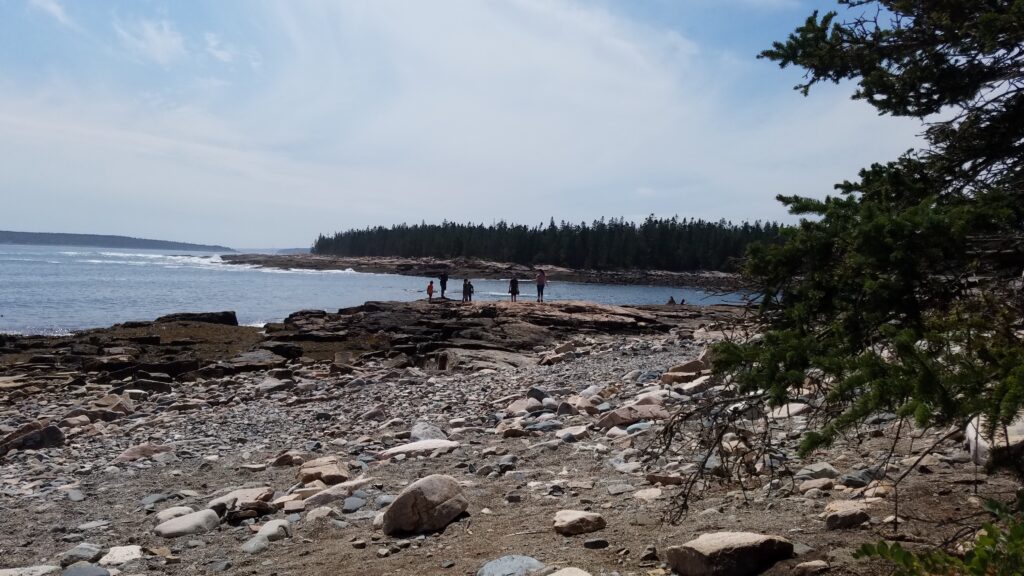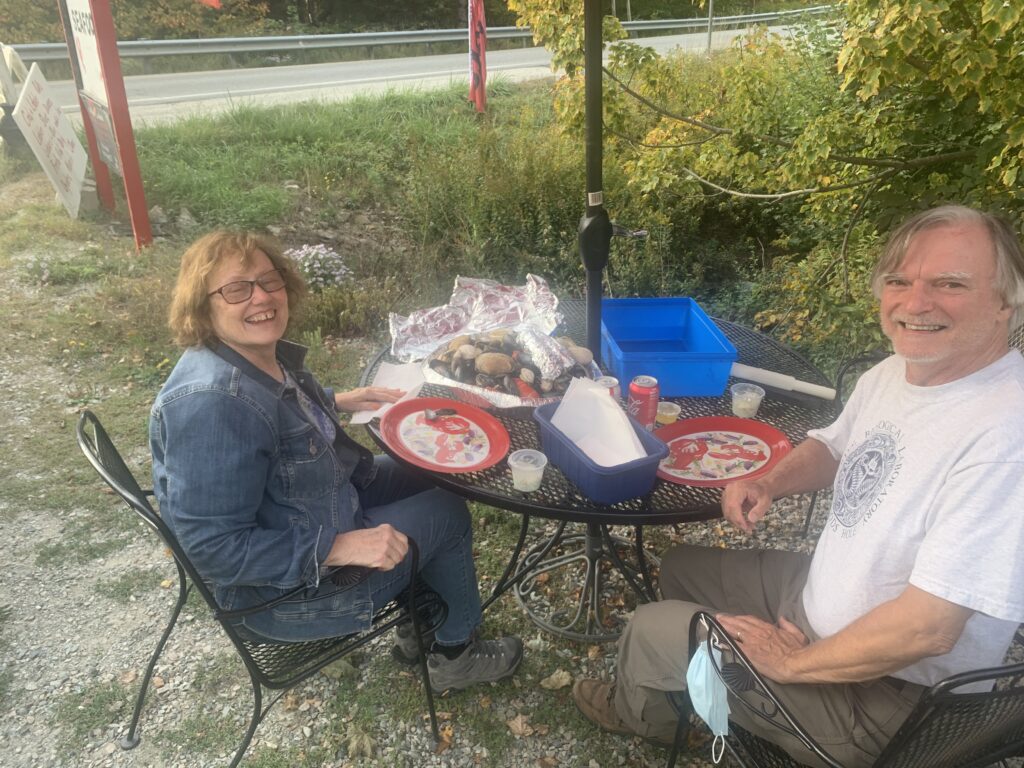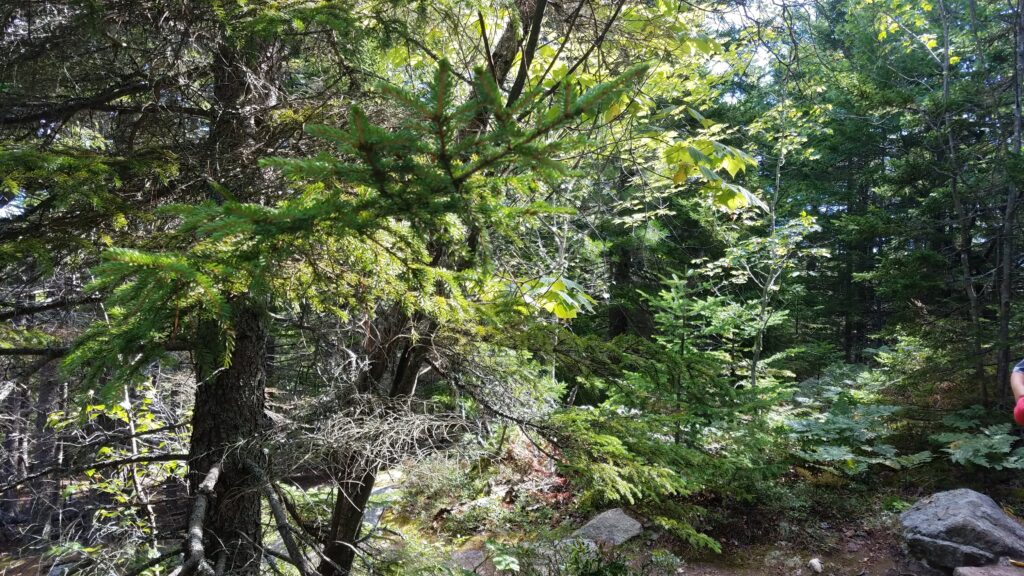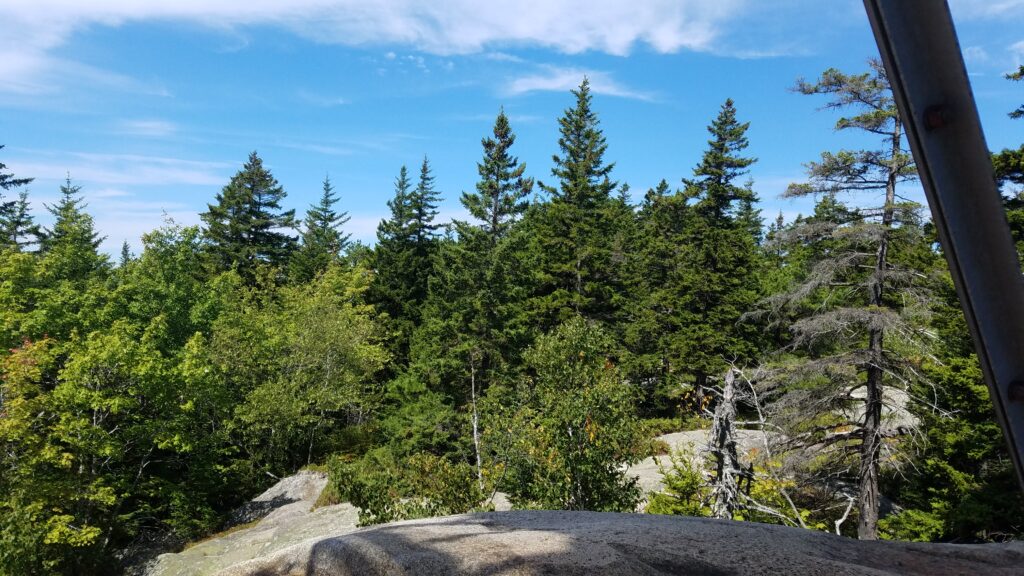The Shakers arrived in the New World in 1774. Like most of the new colonists, they brought some herbal knowledge with them. Yarrow, boneset, dandelion (which is not native to North America) are some of the plants brought over from Britain. Although there were doctors, most of a family’s medical needs were served by a wife or mother, midwife – not the doctor. But I digress.
Again like many of the new colonists, the Shakers drew upon the knowledge of the local tribes to learn about the herbs in the woods. At first, the Shakers wanted the herbs to treat the illnesses in their own community. Later, they planted physic gardens to meet their needs. As farmers everywhere do, if they grew a surplus, they sold it. This was the beginning of a thriving and very profitable business.
Although Watervliet was the first Shaker community, (just outside of Albany several of the old fields now lie under the Albany airport), the Central Ministry was located at New Lebanon in New York (west of Albany.) The herbal trade began here and soon spread to several other communities, Canterbury, NH and Union Village near Lebanon, Ohio among them. AS we all know, the health business is rife with quackery, The snake oil salesman is a caricature of reality for our early history. The Shakers, despite the fact they were considered religious oddities (almost cultists) brought herbal medicines to respectability.
It was also incredibly lucrative. At its height, the business grossed $150,000 annually. This in a time when an experienced carpenter might make four shillings a week. In today’s money, that $150,000 a year would be worth upwards of 2 million.
The Shakers, by the way, kept meticulous records. Besides commercial transactions , they carefully documented what herb was shipped where and what it cost, they kept records of every aspect of Shaker life. The health of every individual was of prime importance. In fact, the Millennial Laws decreed that “As the natural body is prone to sickness and disease, it is proper that there should be suitable persons appointed to attend to necessary duties in administering aid to those in need.” In health care, as in so many other practices, the Shakers were well in advance of the society that surrounded them.
A quick review of the records pertaining to the deaths of these community members and in an age when the life span was between 40 and fifty, it is not surprising to find Shakers passing away at 87, 88 and even 101.
I based my primary Shaker community Zion on Sabbathday Lake which is located in Alfred, Maine. It is still home to the last remaining Shakers. (Three at last count. When I first began my research several years ago there were ten.) A visit to any of the gift shops in what were once thriving Shaker communities reveals packets of herbs for purchase, all packed at Sabbathday Lake. The remaining Shakers continue to labor exactly as they always have done.
Next: a review of some of the less common herbs used and sold by the Shakers.
